Photos: German WWII Base Discovered on Arctic Island
Time-worn facilities
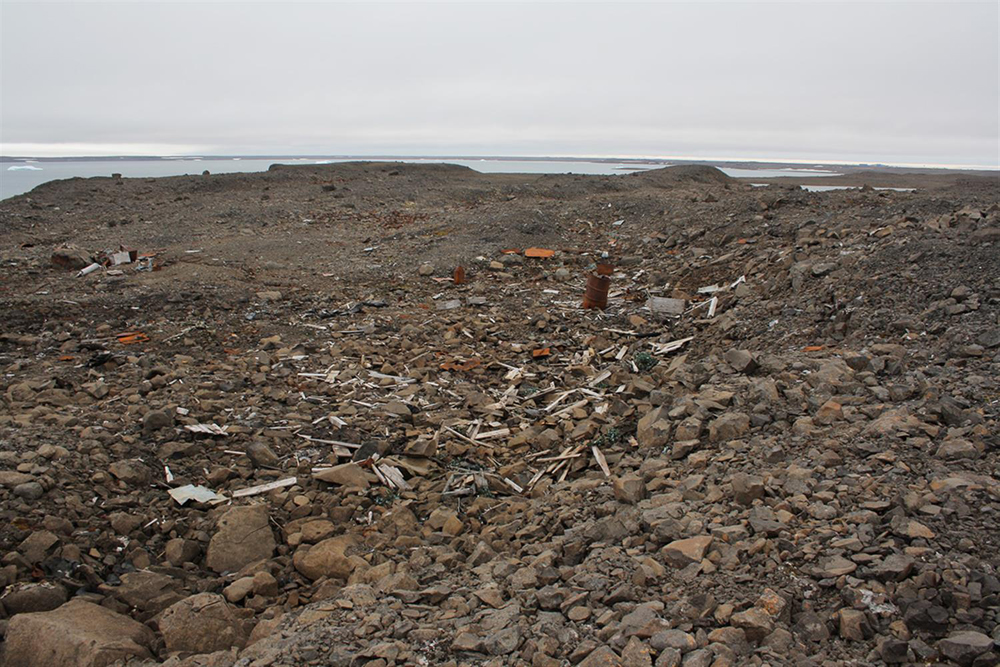
A team of Russian researchers has rediscovered the site of the secret German World War II base "Schatzgrabber" ("Treasure Hunter") on the Arctic island of Alexandra Land, in the Barents Sea, more than 1,100 kilometers (650 miles) north of the Russian coast.
The base was built by the German military in 1943 as one of a network of secret weather-watching stations on remote Arctic islands far to the north of mainland Europe.
Many decades of snow and ice have now crushed the main wooden bunkhouse of the German weather station into splinters. [Read full story about the secret German base]
Relics
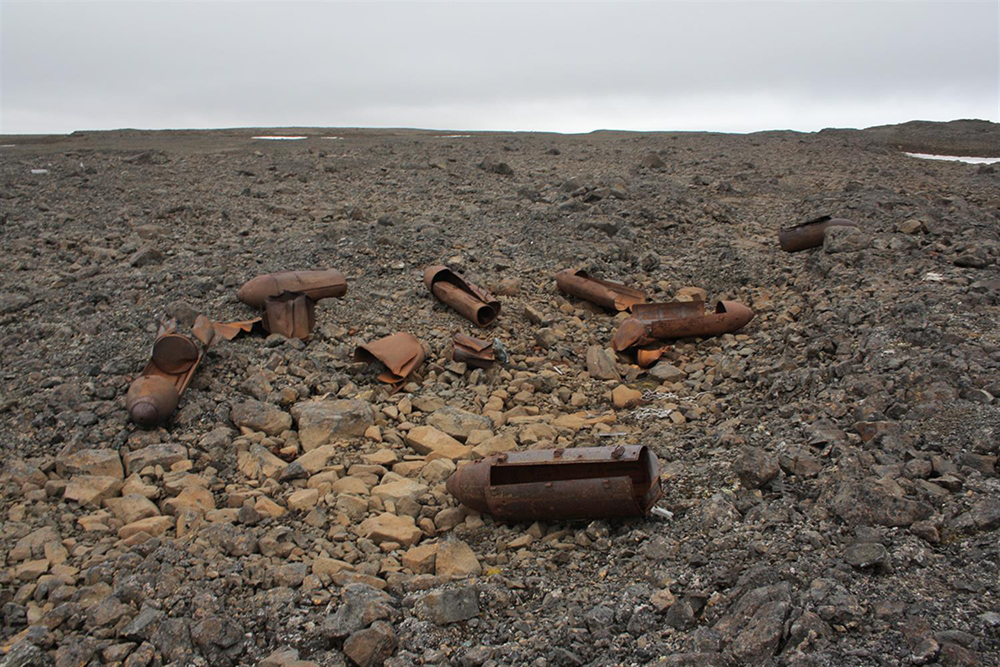
The research team from the Russian Arctic National Park, based in Arkhangelsk, say they’re the first to fully explore and map the wartime site on the remote island. They have also documented more than 600 objects at the site of the former German weather station, and sent them to the park museum in Arkhangelsk for further study.
These canisters once contained food and other supplies that were regularly airdropped to the base by German aircraft.
Left behind

The finds include the remains of military equipment and weapons left behind by the occupants of the weather station when the base closed in 1944.
These rounds and an ammunition pouch for a German Mauser 98 rifle were found among the debris of the bunkhouse.
Get the world’s most fascinating discoveries delivered straight to your inbox.
Evidence of settlement

The wartime German base on Alexandra Land was a scientific weather-watching station, but it was surrounded by fortifications and minefields in case it was discovered and attacked.
This is the remains of one of the bunkers.
Questions remain
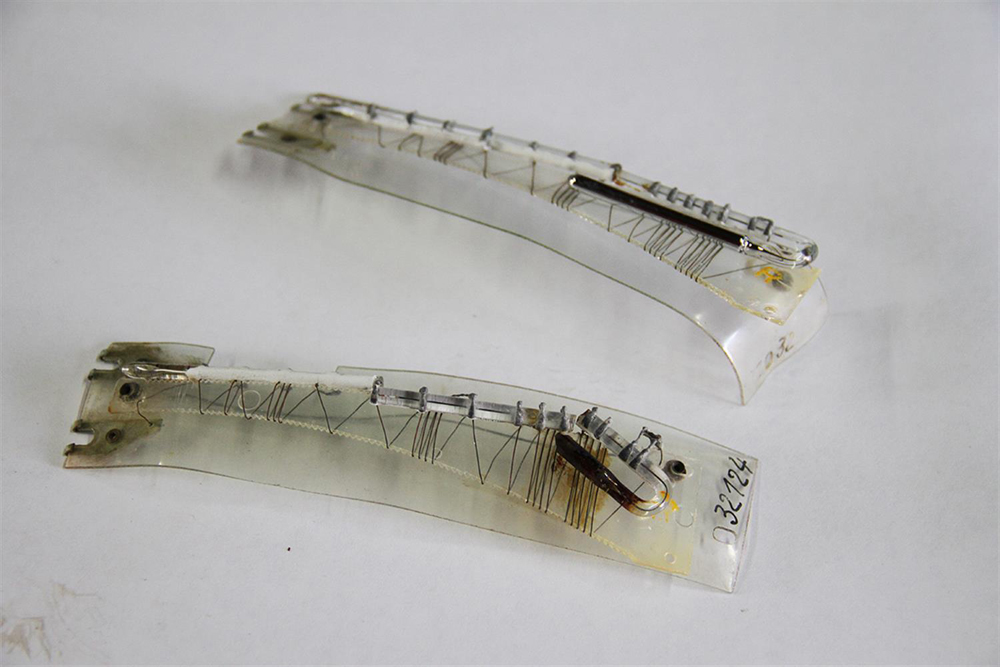
The Schatzgrabber base is the subject of much speculation about its purpose, but the researchers reported no evidence that it was more than a weather-watching station to give advanced warning of conditions for German military operations.
This image shows two automatic thermometers found at the site, designed to be carried aloft in a weather balloon.
Emergencies recorded
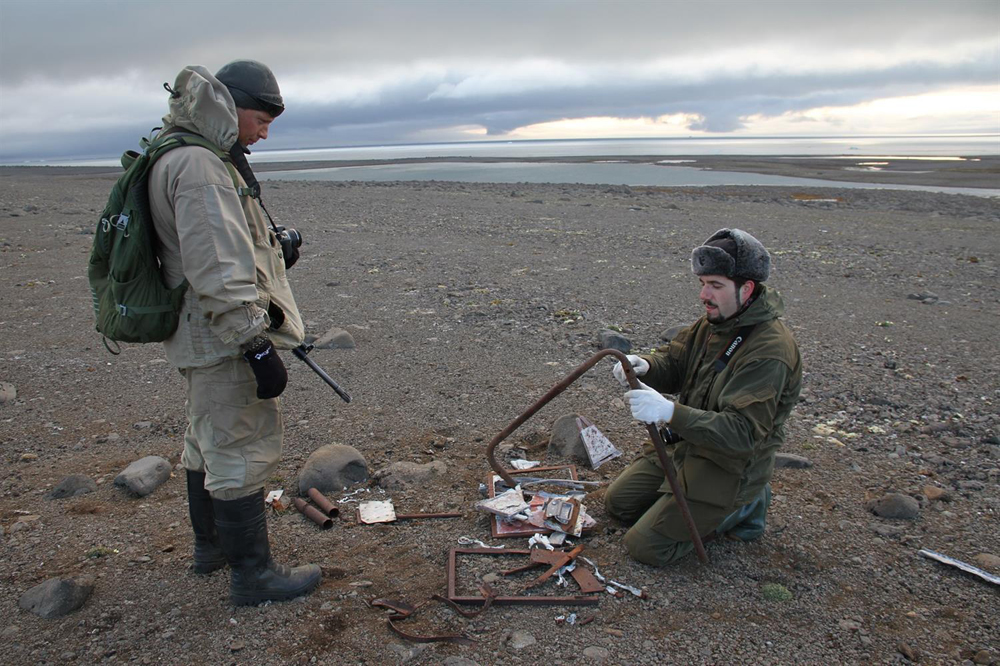
In 1944, a medical emergency broke out at the base after the staff ate contaminated meat from a polar bear they had shot for food.
German aircraft flew two missions from Norway to Alexandra Land to evacuate the sick base staff. One of the aircraft landed at an emergency landing strip on the island that was discovered by the Russian research team this year.
Remaining evidence
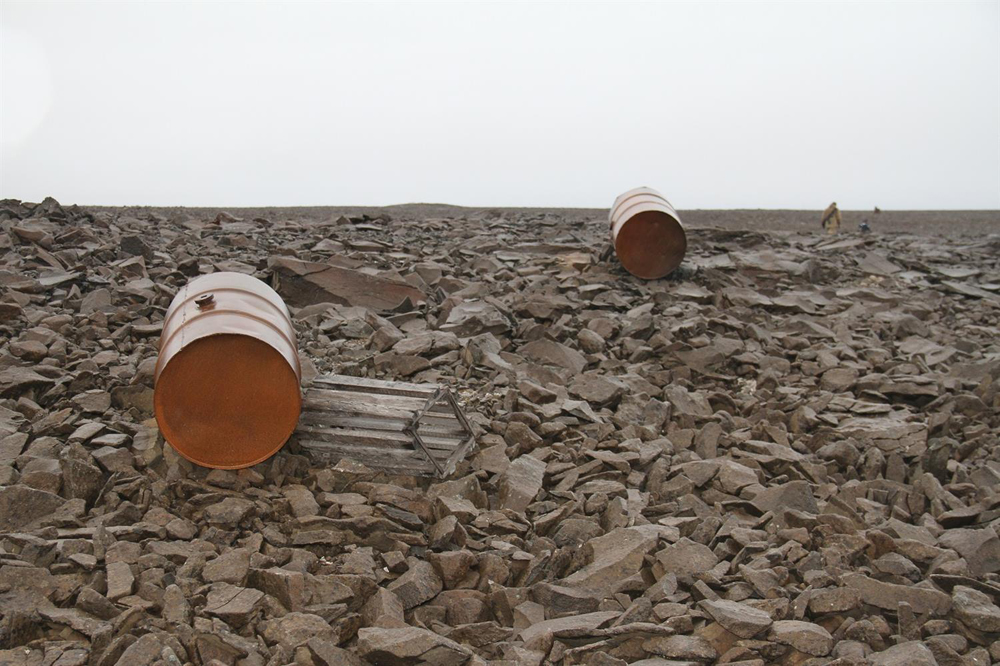
Among the wartime artifacts found at the emergency airstrip site on Alexandra Land were the remains of tents, equipment and fuel drums
Technical leftovers
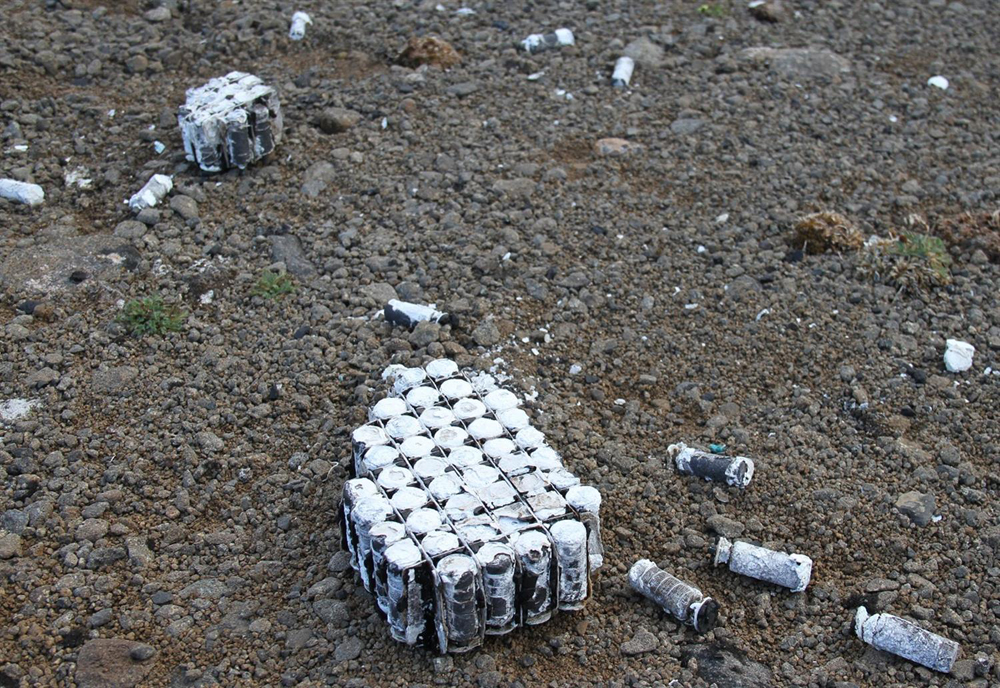
The researchers also found batteries — probably for radio equipment — smoke bombs, and signal flares at the emergency airstrip, near Cape Nimrod on Alexandra Land.
Emergency supplies

This wrapper from a pack of signal flares found at the emergency airstrip on Alexandra Land is written in German and dated 1941. [Read full story about the secret German base]
Tom Metcalfe is a freelance journalist and regular Live Science contributor who is based in London in the United Kingdom. Tom writes mainly about science, space, archaeology, the Earth and the oceans. He has also written for the BBC, NBC News, National Geographic, Scientific American, Air & Space, and many others.
